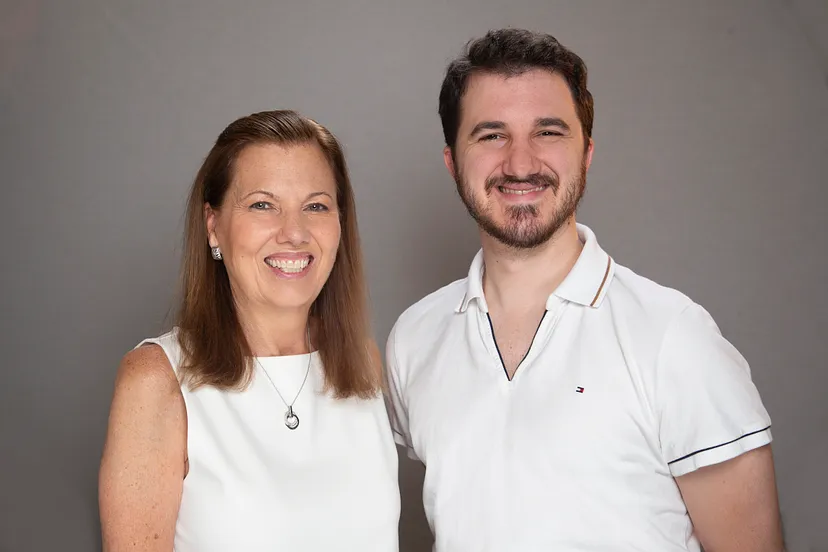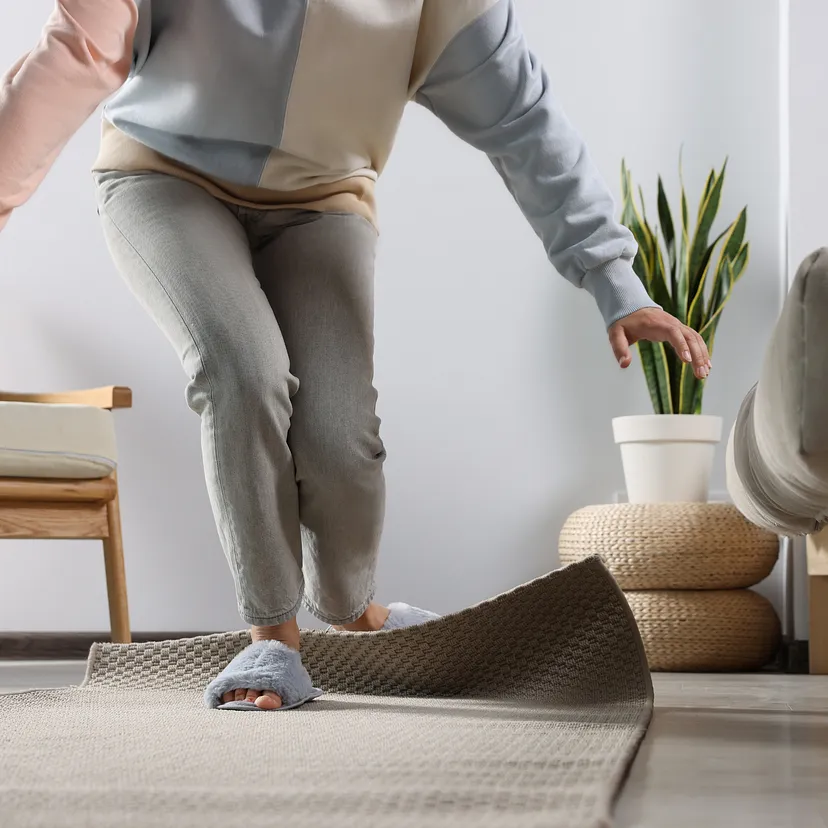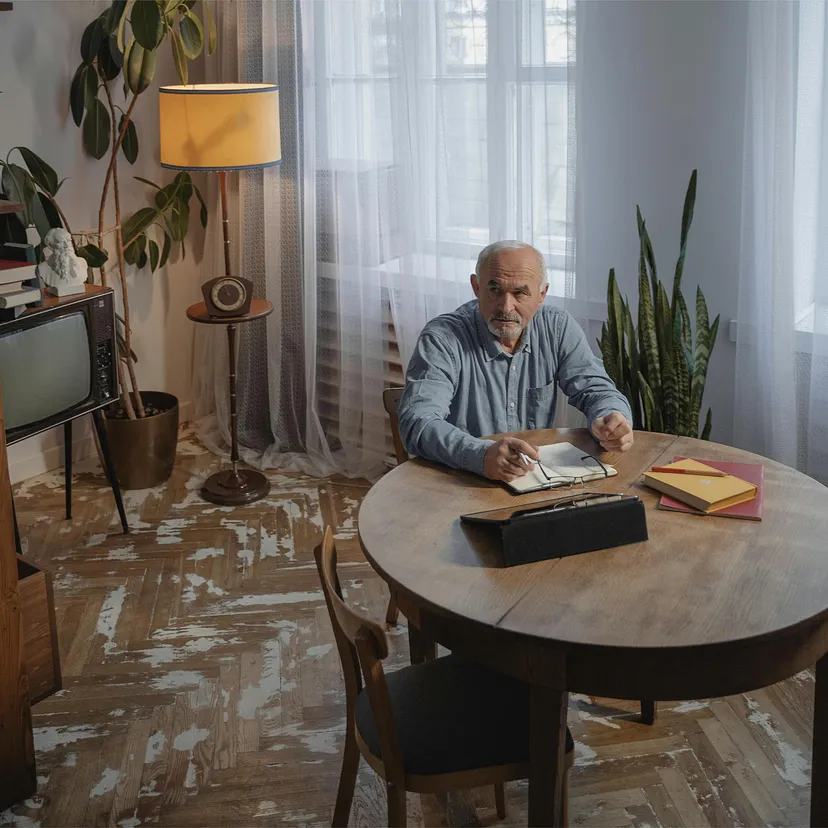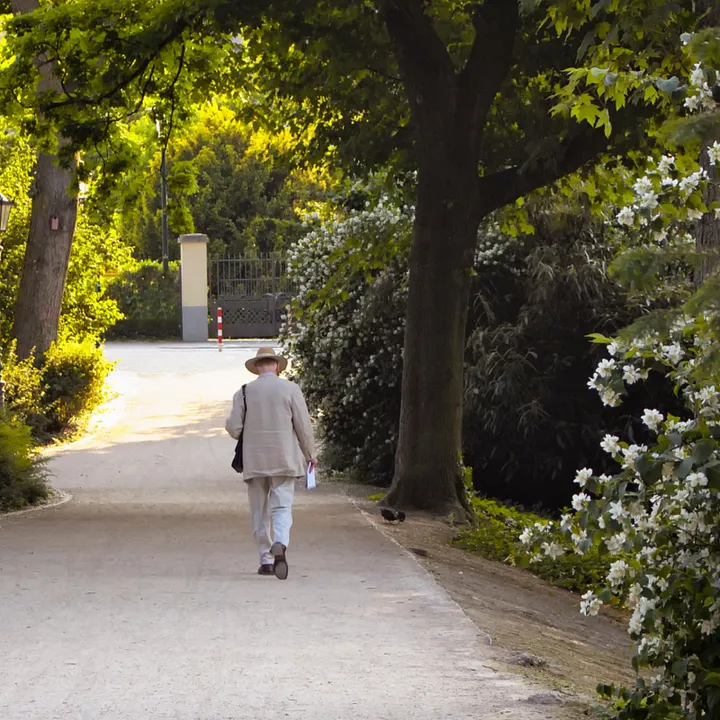Preparing Young Adults for a Family Member’s Dementia Journey

When a close family member is diagnosed with dementia, it can be uniquely challenging for young adults to navigate this new reality. We are Nancy and Merritt Treaster. During Merritt’s 20’s, his father, age 60, was diagnosed with Frontotemporal dementia. His grandfather, age 85, was diagnosed with Alzheimer’s disease.
Home Safety Tips for Caregivers of Loved Ones with Dementia

You’re going to wish you’d known about padding hard corners earlier in your caregiving journey! We are Nancy Treaster and Sue Ryan. Through our experiences as caregivers for our family members and loved ones with Alzheimer’s and other types of dementia, we’ve learned ensuring home safety is both vitally important and ever-changing. In this post, we’re sharing three main tips for managing safety — both inside and outside the home. These help you keep your loved one safe while giving you peace of mind.
Leaving Your Loved One at Home Alone: Six Essential Tips

You’re going to wish you knew about the fifth tip for managing your loved one’s independence much earlier! We are Sue Ryan and Nancy Treaster. As caregivers for our family members with Alzheimer’s and other types of dementia, we’ve learned leaving them at home alone can be a challenging and anxiety-inducing experience, whether they are living with us or living on their own. In this post, we’re sharing six tips we’ve developed to help you navigate this phase of your caregiving journey, helping your care receiver maintain their independence while ensuring their safety.
Sometimes It’s Easy — Sometimes It’s Hard! Practical Tips for Removing Driving Privileges From Our Loved ones With Alzheimer’s or Other Dementias

If you can successfully leverage tip one in this episode you will have an easier path to taking away the car keys! As caregivers for our husbands, parents, and other loved ones with Alzheimer’s disease and other types of dementia, we both learned this is a sensitive and important issue to address. In the beginning of their diagnosis, one of our primary goals is to balance safety with our care receivers’ desire for independence. We are Sue Ryan and Nancy Treaster, and through our experiences, we’ve developed four tips we’re sharing with you.
Where Did They Go? Practical Tips To Prepare For — and Prevent — Wandering in Our Loved Ones With Diagnoses of Alzheimer’s and Other Dementias

You’re going to wish you’d known the third tip for wandering outside in the very beginning! As caregivers for our families with dementia, we’ve learned that wandering is a common and potentially dangerous behavior. In this post, we’ll share strategies for managing wandering both outside and inside the home. We are Sue Ryan and Nancy Treaster, and through our experiences, we’ve developed ten tips to help you keep your loved one safe while giving you peace of mind.
Say What? Practical Tips for Communicating With Our Loved Ones Early in Their Alzheimer’s and Other Dementias Journeys

Who knew being more positive in our communications would make such a difference? As caregivers for our husbands, parents, and other loved ones with types of dementia, we’ve learned communication is a constantly evolving process. Communication is not just what’s spoken. It’s all forms of communication. In the beginning of their diagnosis, it’s still natural for us to communicate with our loved one as we have for many years. It’s not yet natural for us to make sure they are understanding what we’re saying – or that we’re intentionally focusing on what they’re trying to communicate. We are Sue Ryan and Nancy Treaster, and through our experiences, we’ve developed four tips to help you in your early communication transition.
Don’t Say Remember! Practical Tips for Navigating Memory Loss In the Early Stages of Our Loved One’s Alzheimer’s and Other Dementias

Does it feel like a punch in the gut every time you realize something new your loved one has forgotten? As caregivers for our husbands and parents with Alzheimer’s disease and other types of dementia, Nancy Treaster and I have learned that memory loss in the beginning of the journey can be challenging. One of our goals as caregivers is to help our care receivers maintain as much dignity and independence as possible. One of the ways we do this is by providing them support behind the scenes.





Join the community